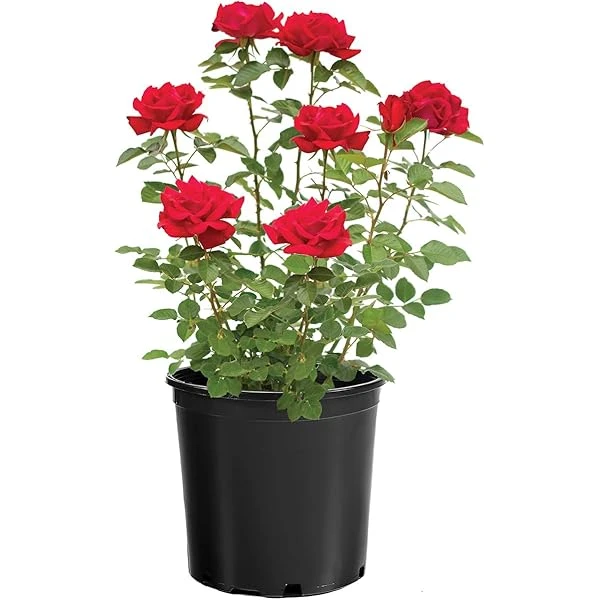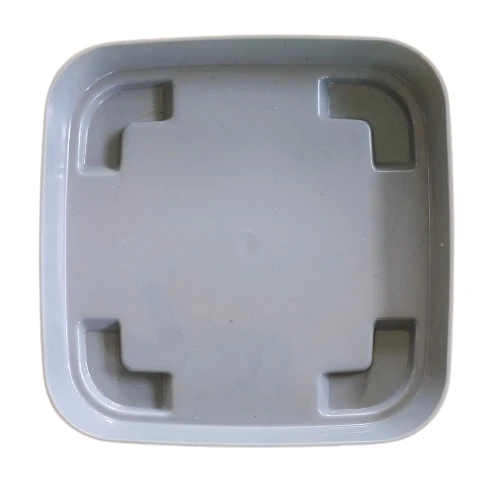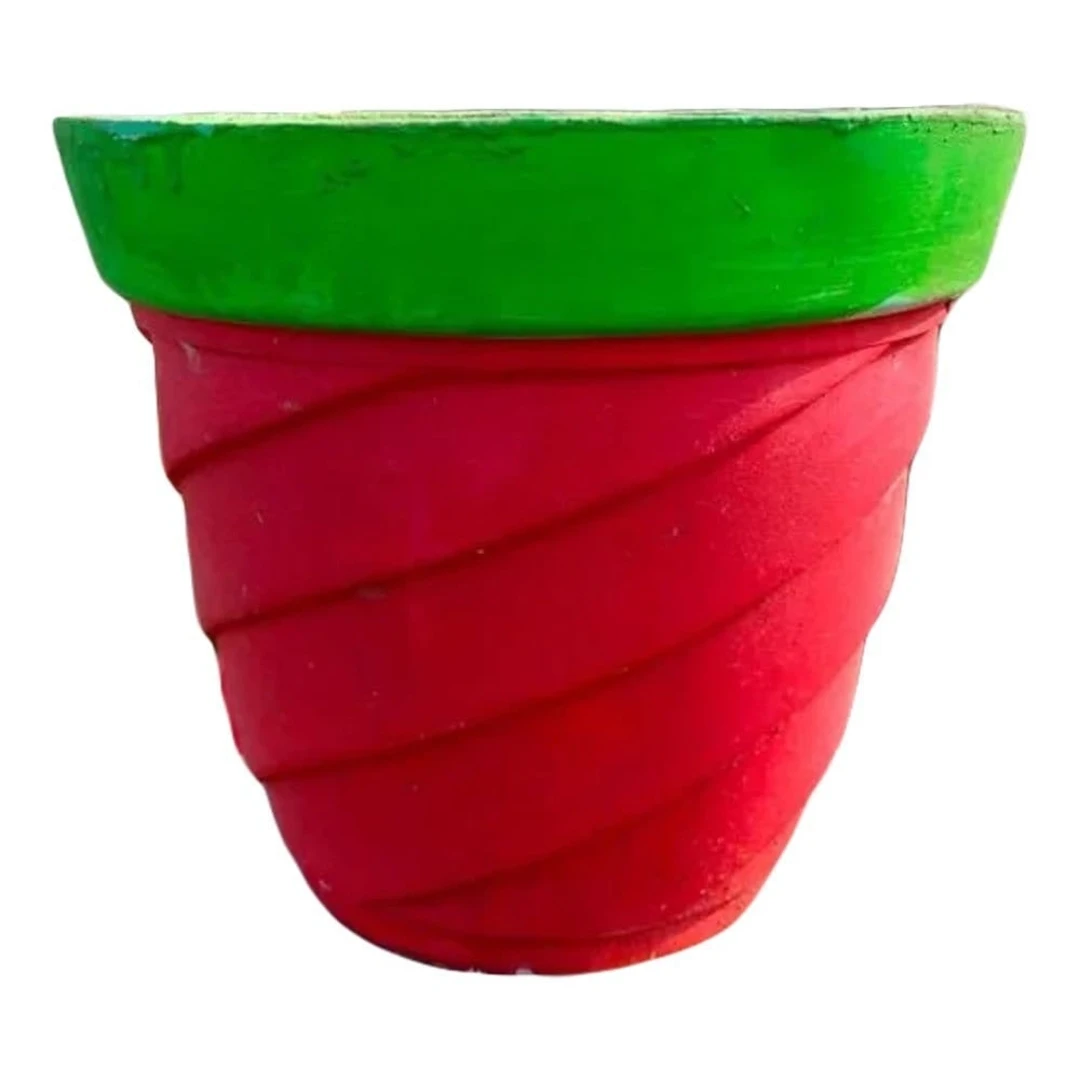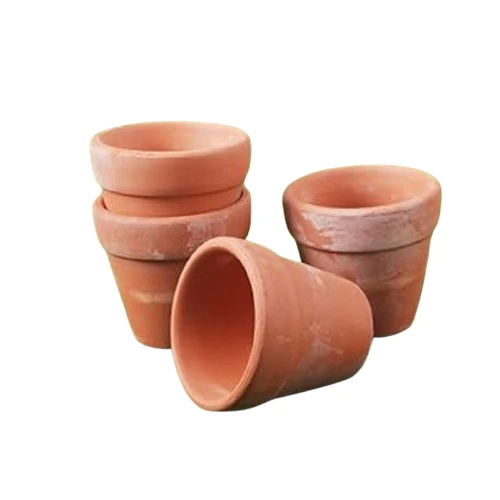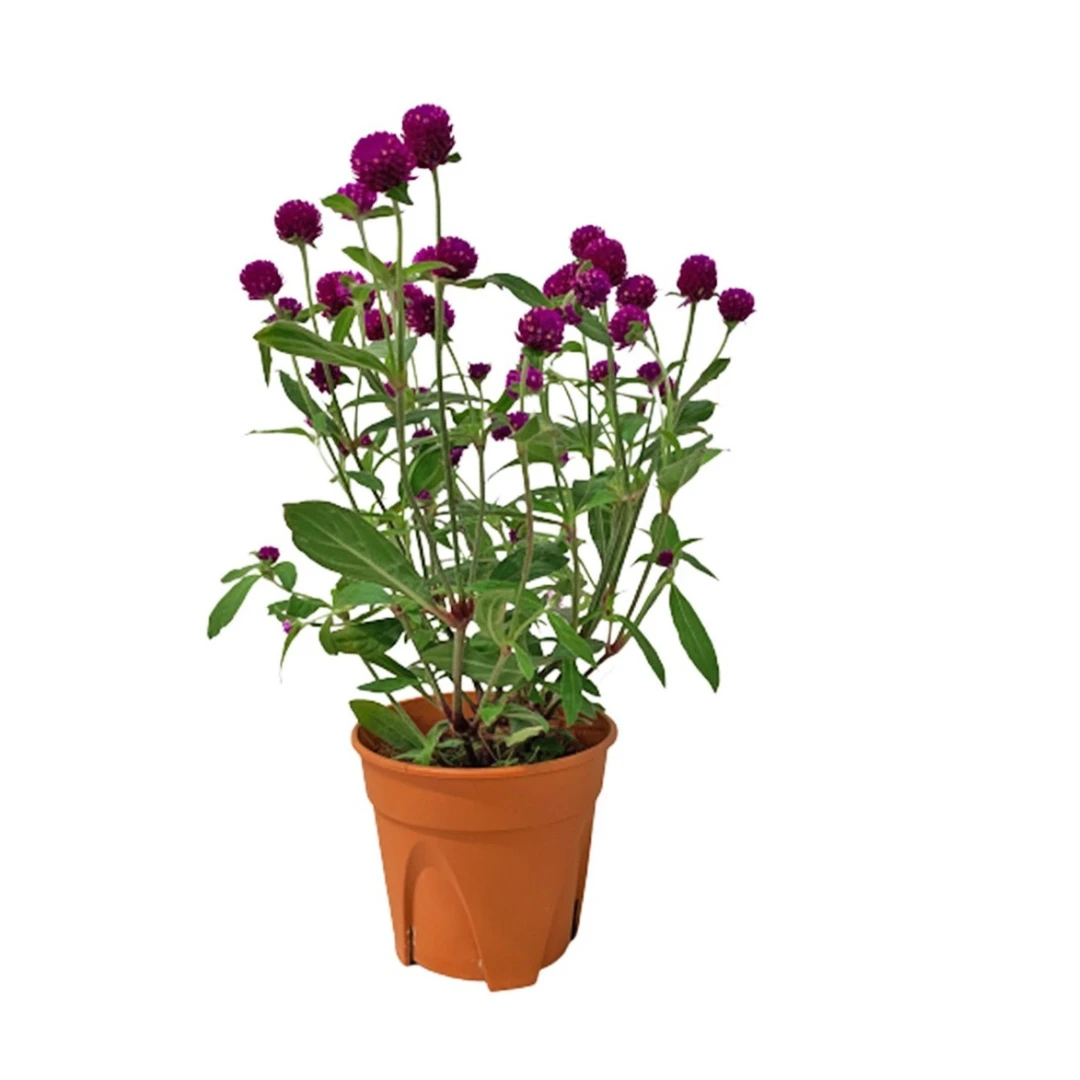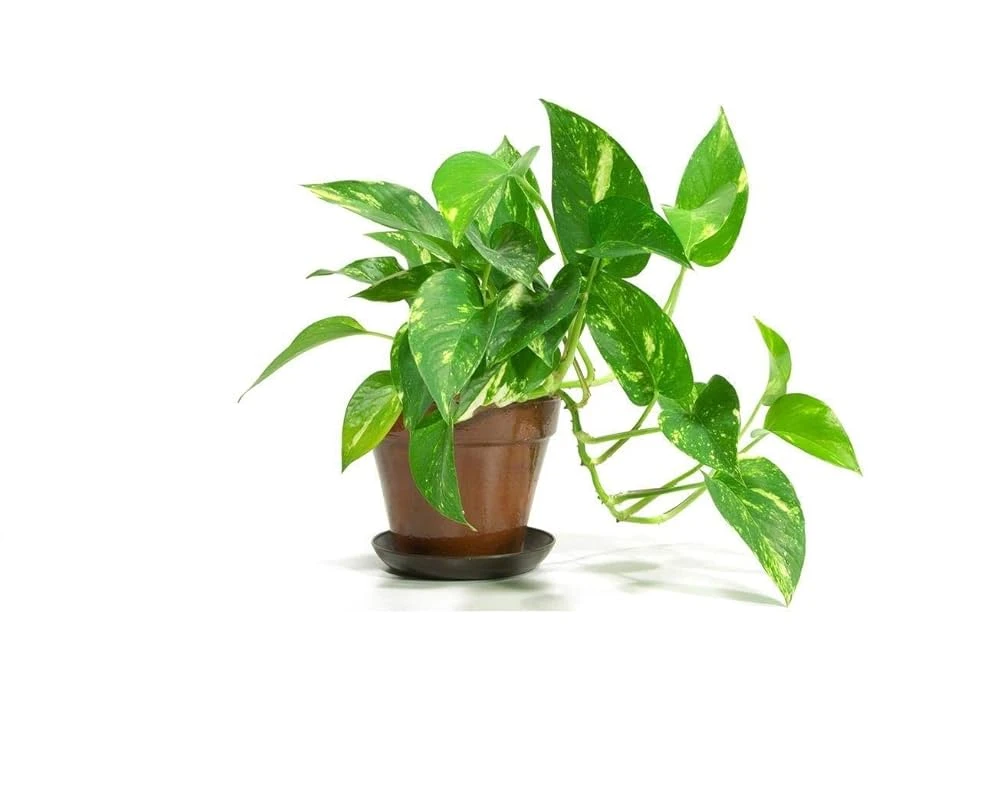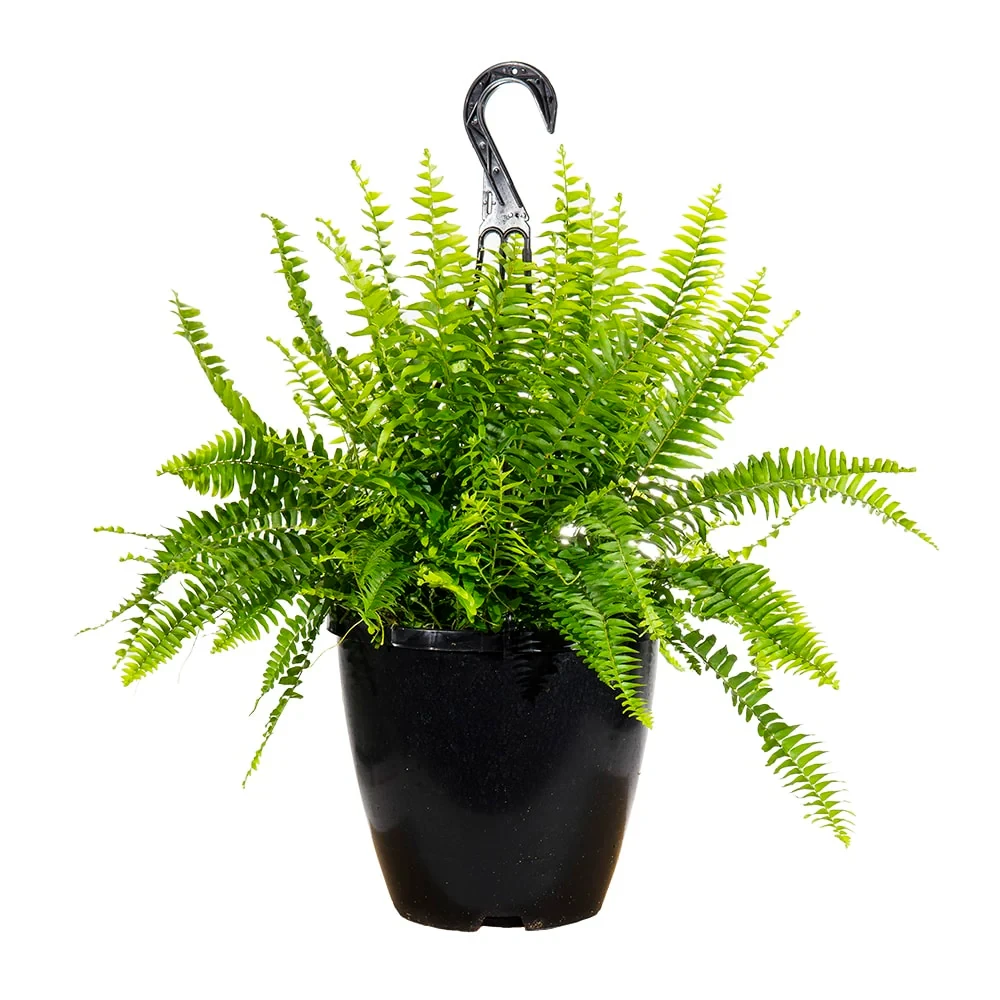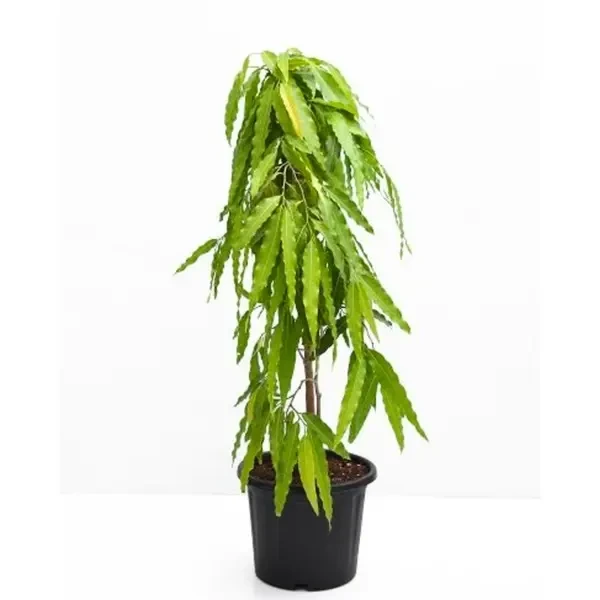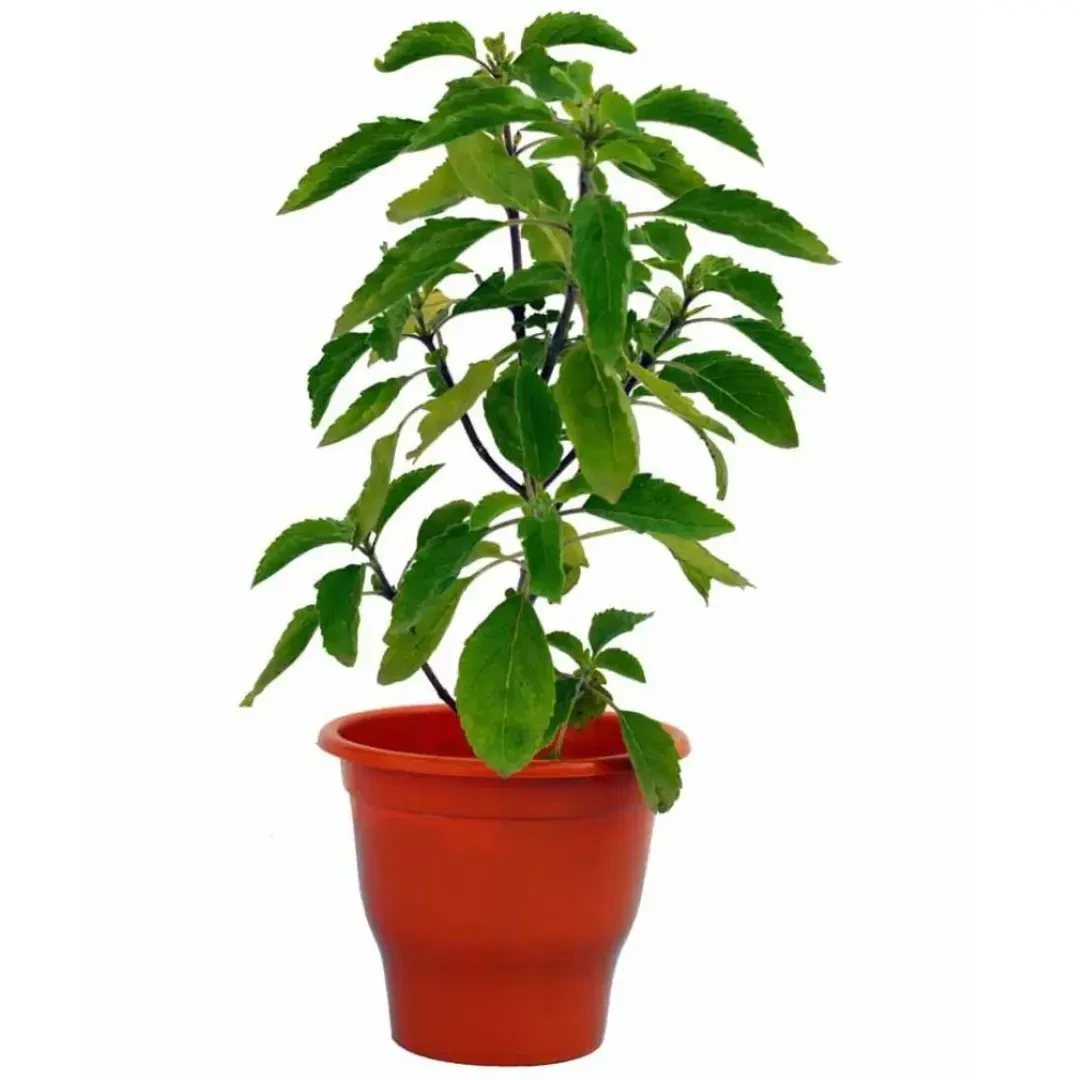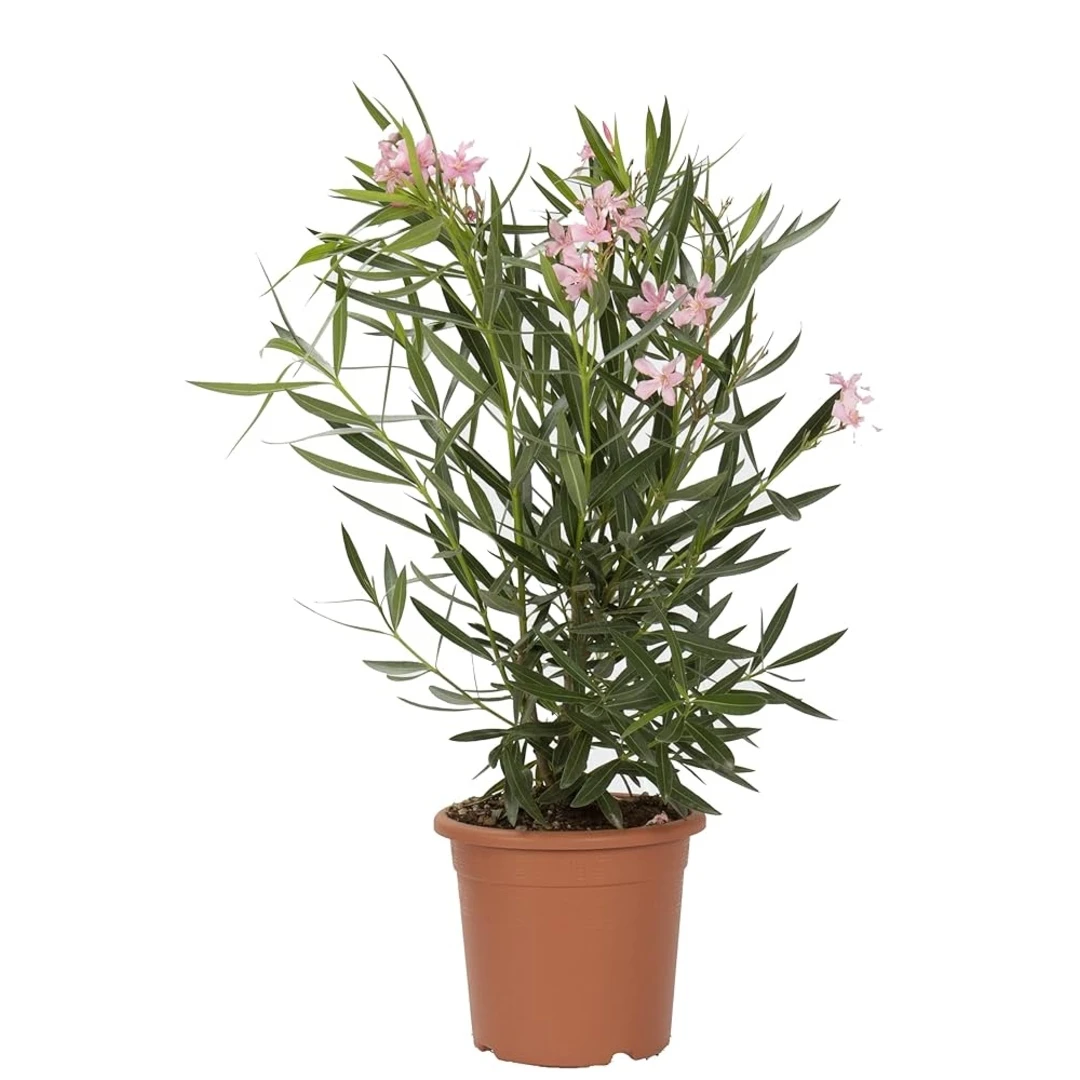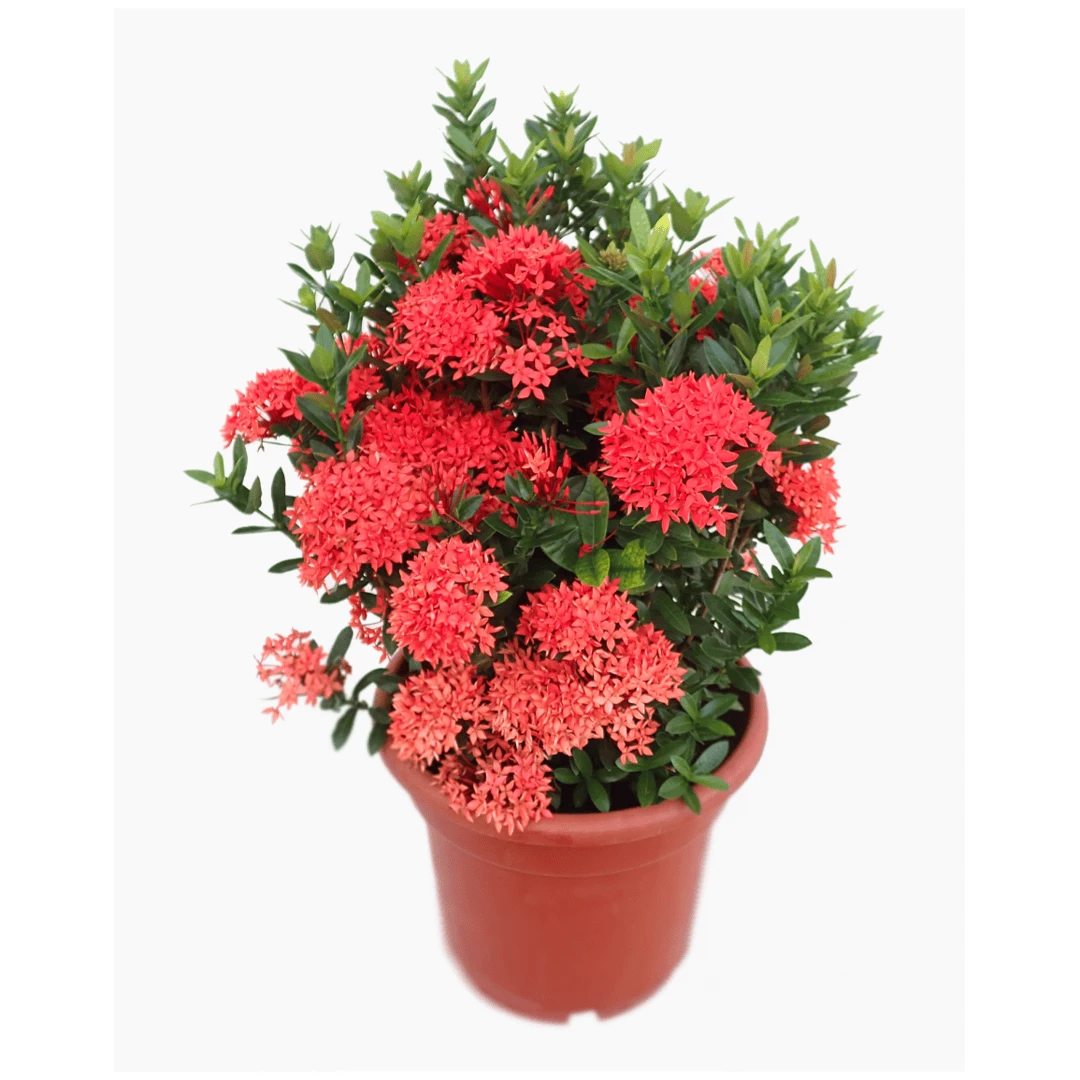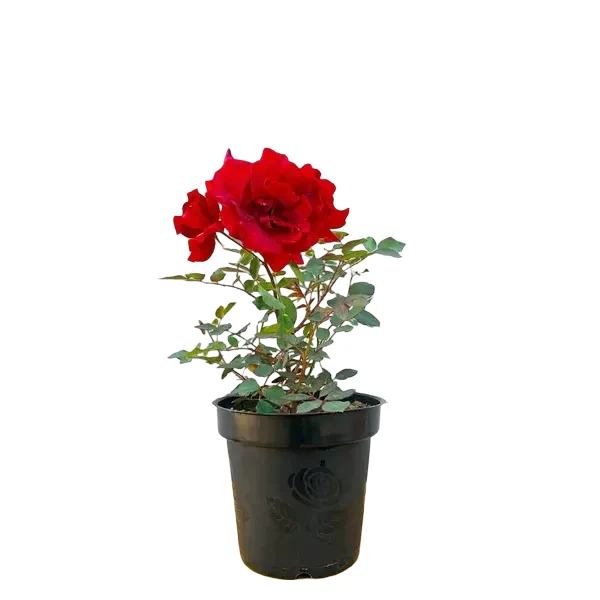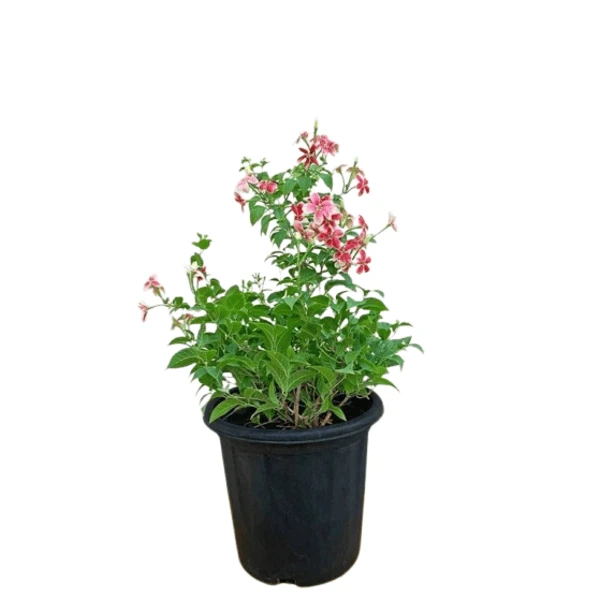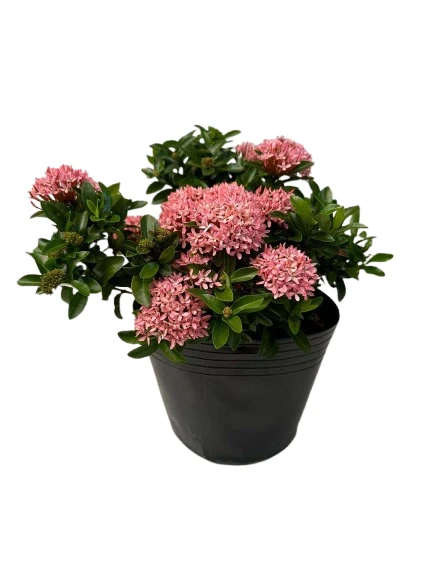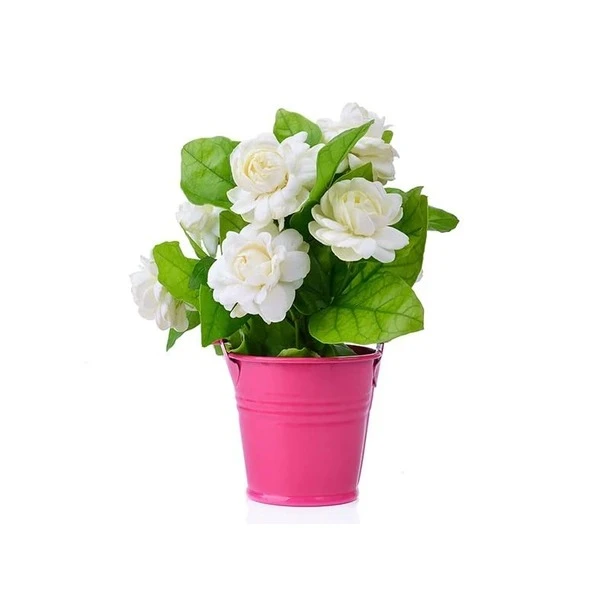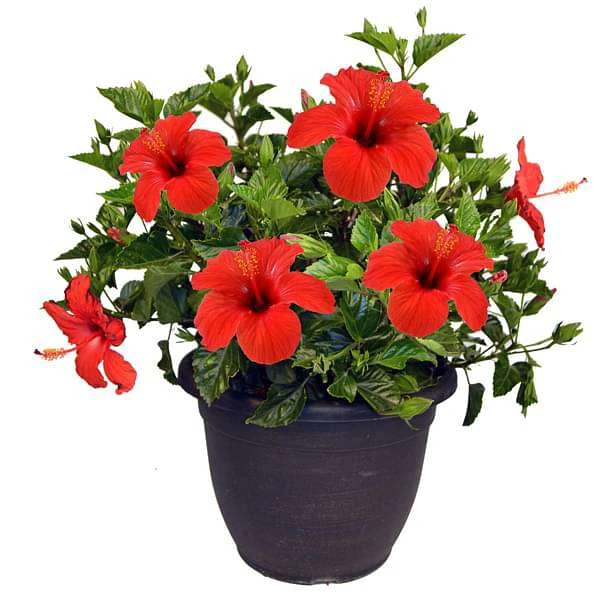Roses are woody, perennial flowering plants or shrubs in the genus Rosa, known for their beauty, fragrance, and diverse colors, ranging from red and pink to yellow, orange, and white.
Here's a more detailed description:
Botanical Features:
Plant Type:
Roses are woody, deciduous, or semi-evergreen shrubs or vines belonging to the rose family (Rosaceae).
Stems:
Their stems are often erect, climbing, or trailing and typically have prickles (thorns) of varying sizes.
Leaves:
Roses have compound, pinnately arranged leaves with oval leaflets that are sharply toothed.
Flowers:
Rose flowers feature multiple petals, often in shades of red, pink, yellow, orange, and white.
Fragrance:
Many rose varieties are known for their pleasant, often rich, fragrances.
Fruits:
Roses produce berry-like fruits called hips.
Growth Habit:
Roses can grow as shrubs or vines, with varying growth habits depending on the variety.
Color:
Roses come in a wide range of colors, including shades of red, pink, yellow, orange, and white.
Symbolism and Uses:
Symbolism: Roses are often associated with love, beauty, and romance.
Ornamental: Roses are popular ornamental plants, grown for their flowers in gardens and sometimes indoors.
Fragrance: The fragrant oil from rose blossoms is used in perfumes.
Culinary: Rose petals and rose hips (the fruits) can be used in cooking and for making jams, teas, and other culinary products.
Medicinal: Rose hips are a good source of vitamin C.



